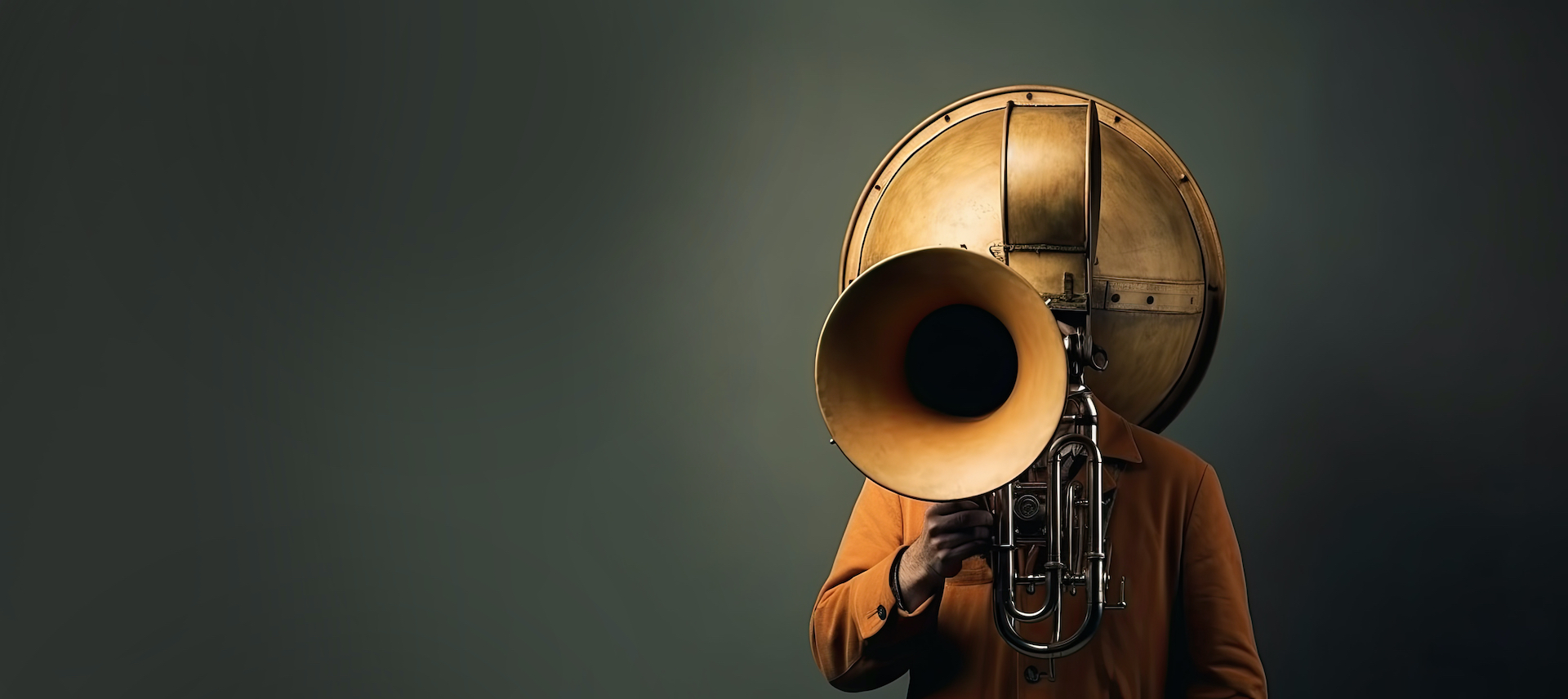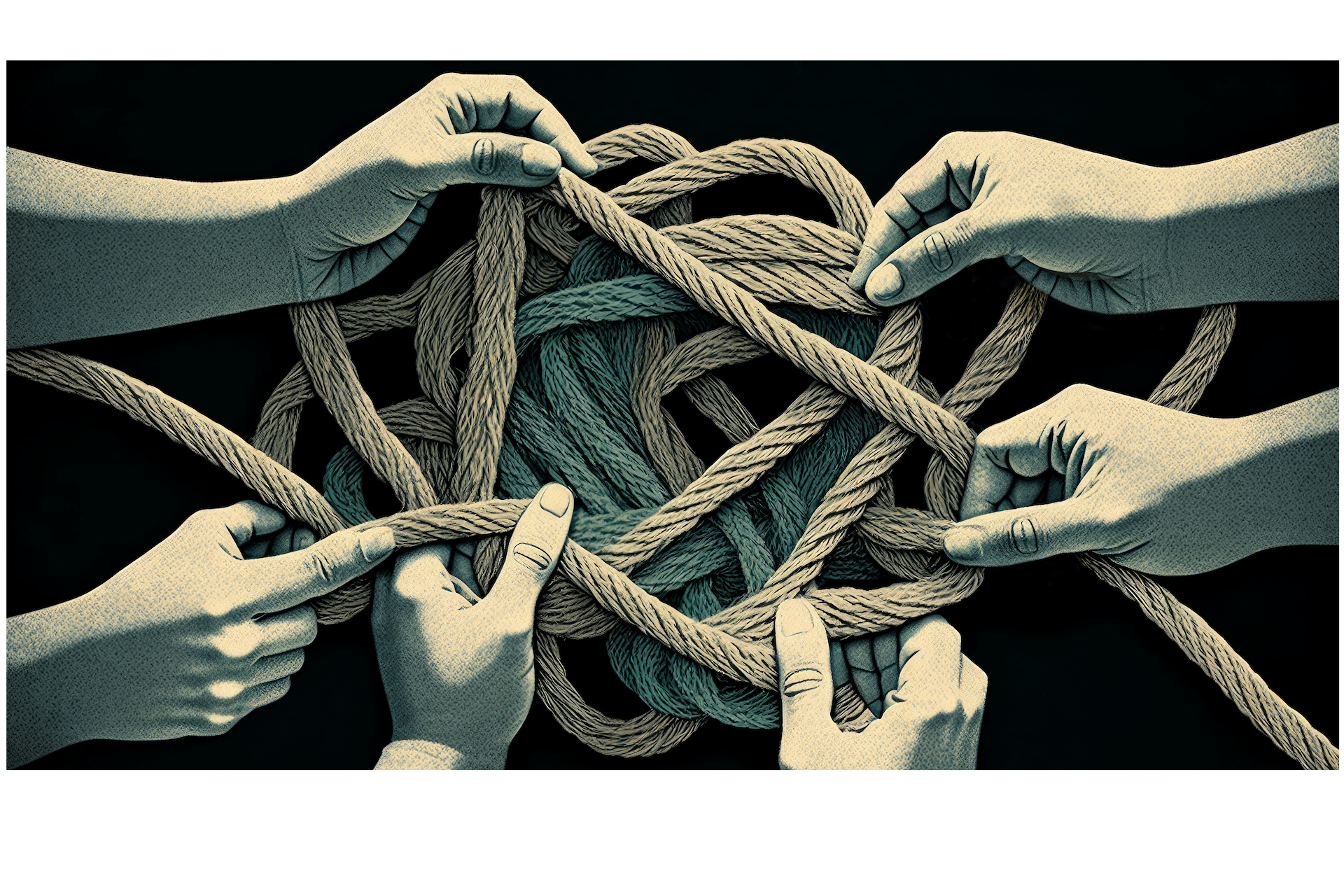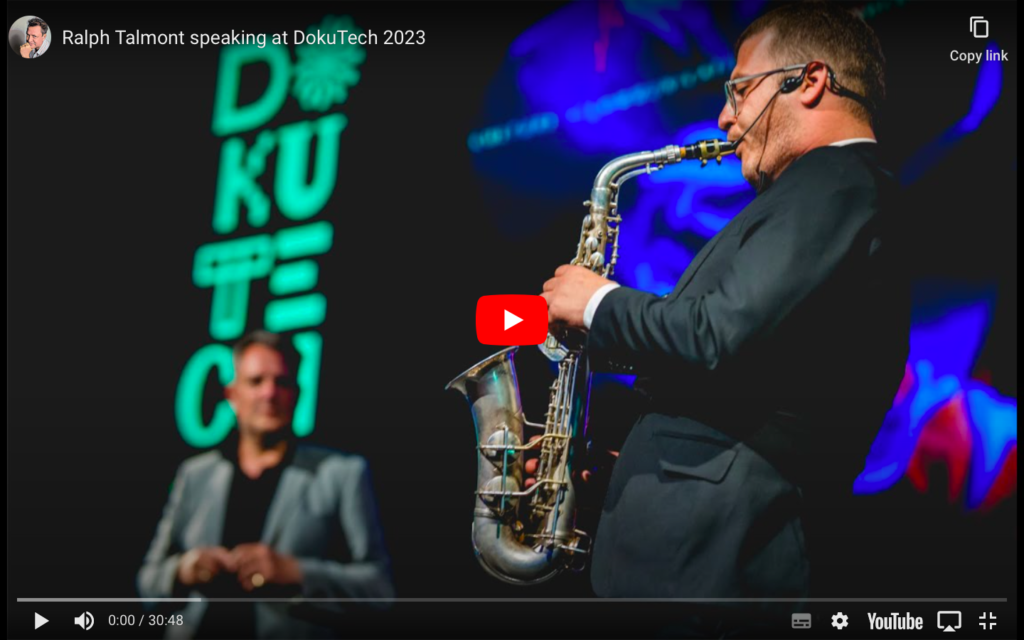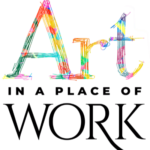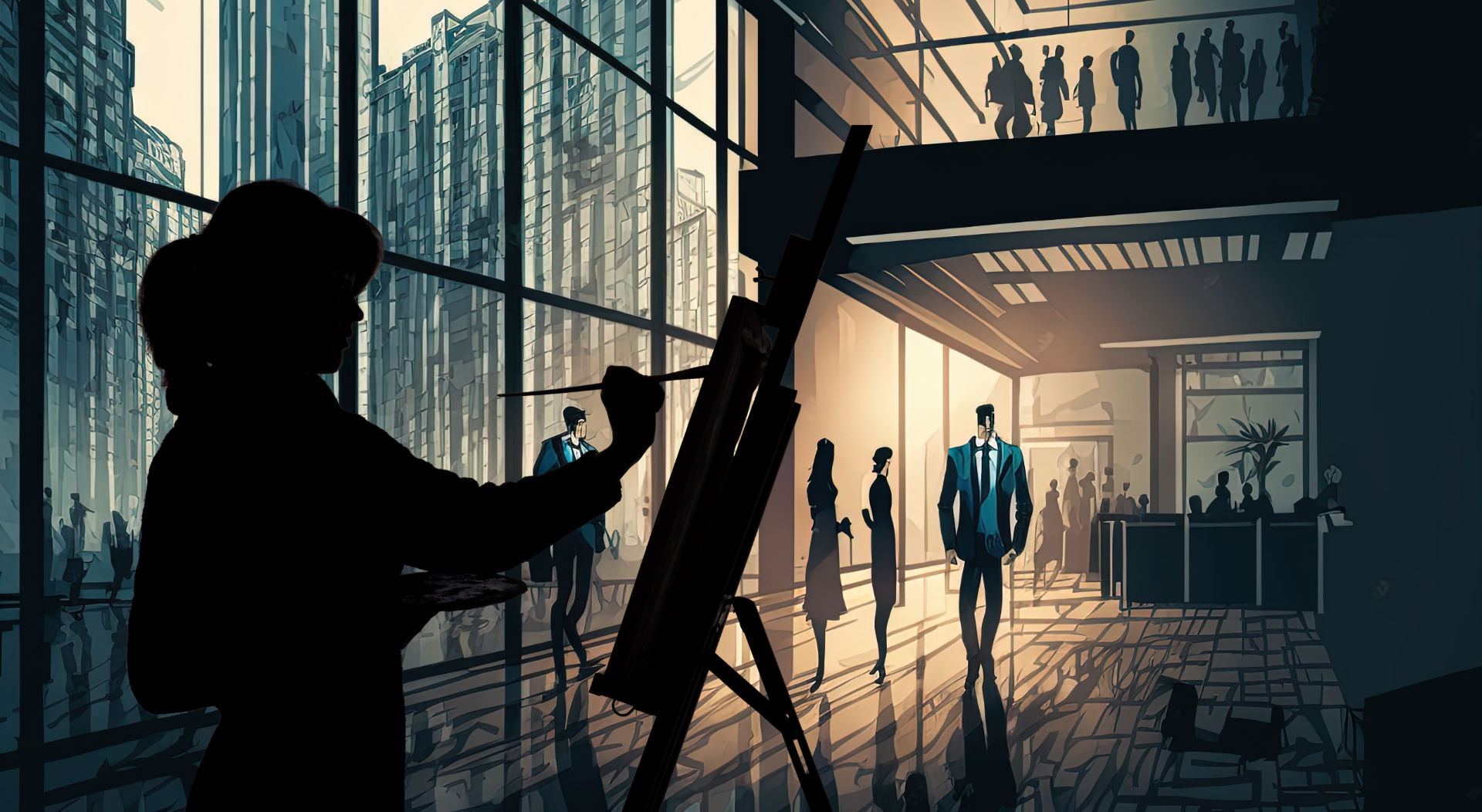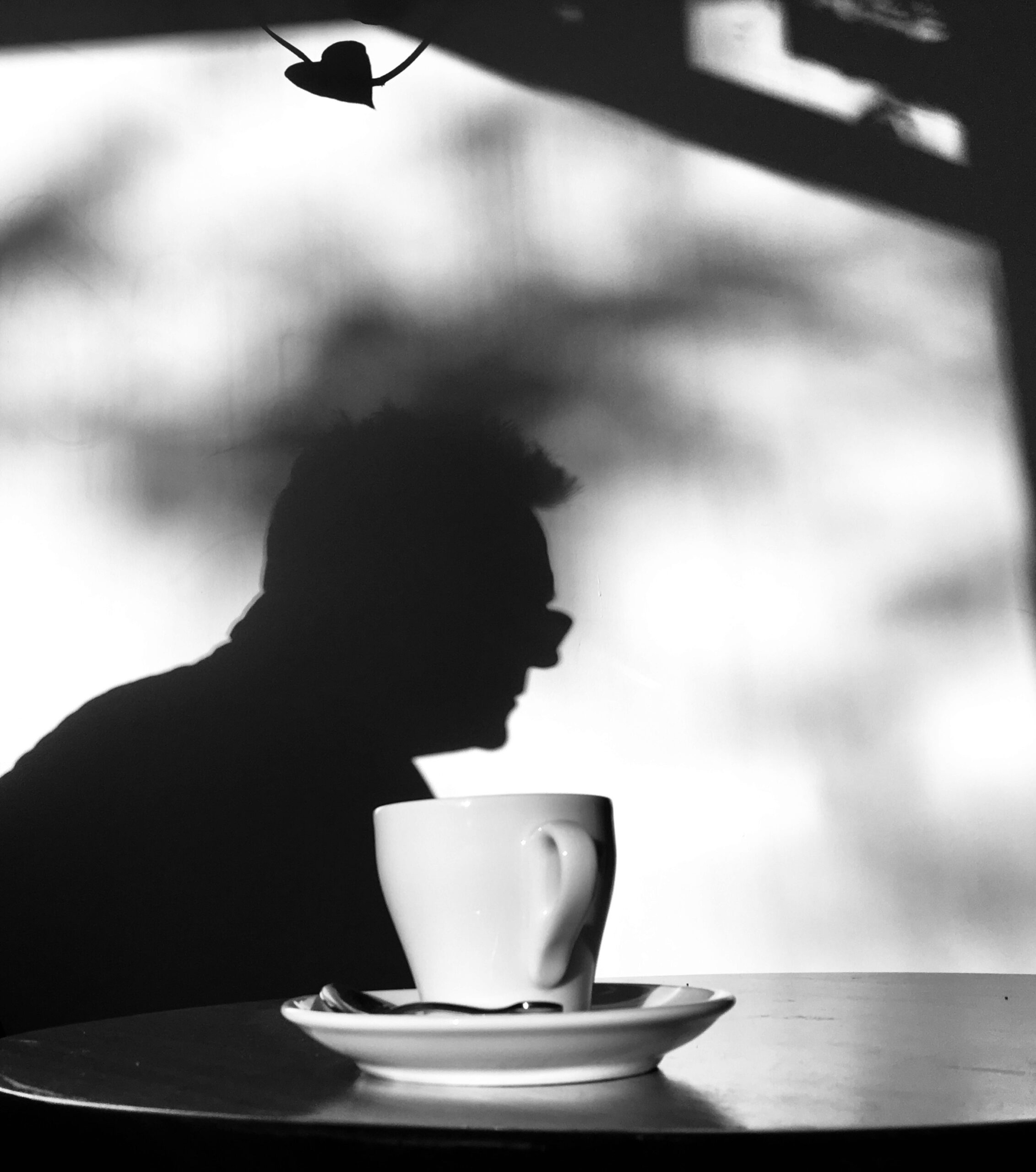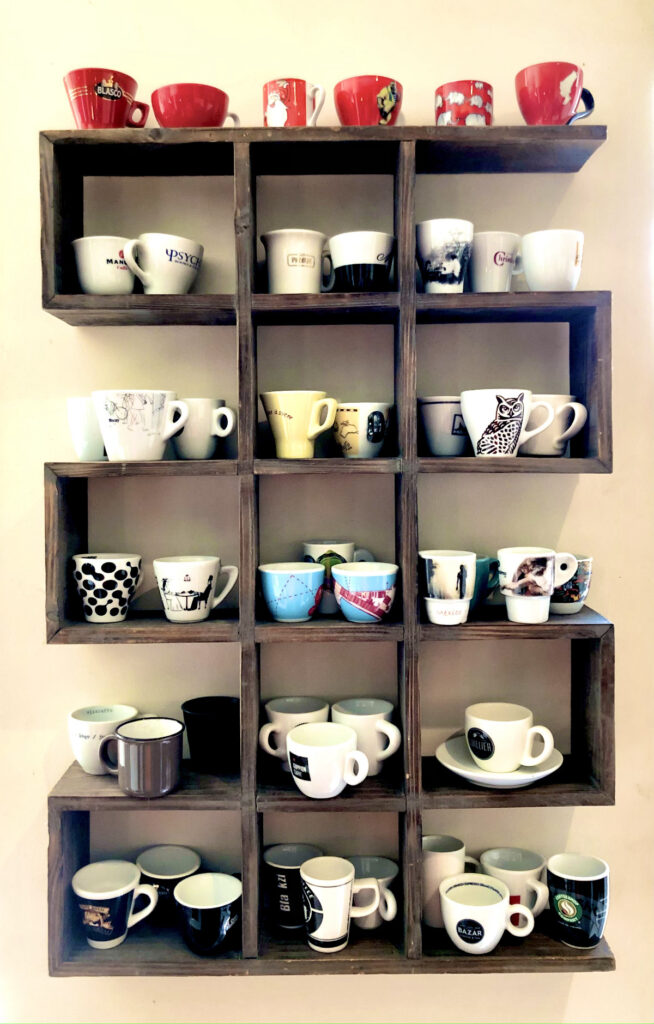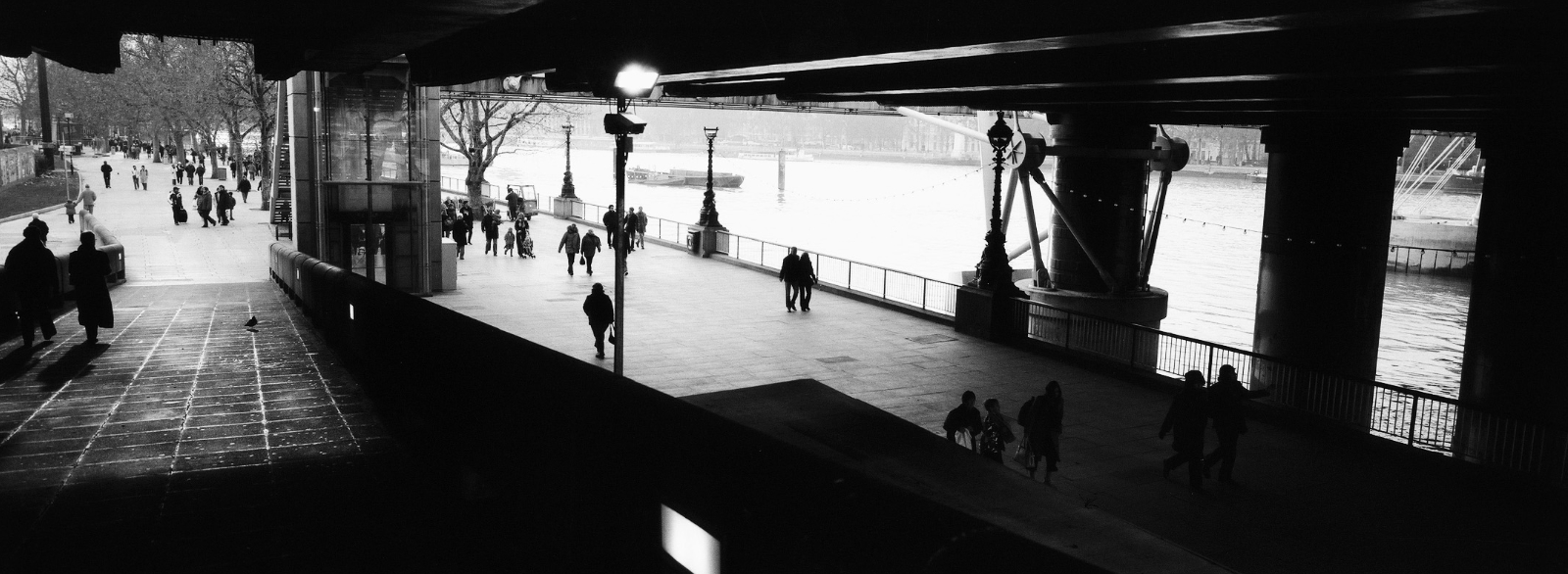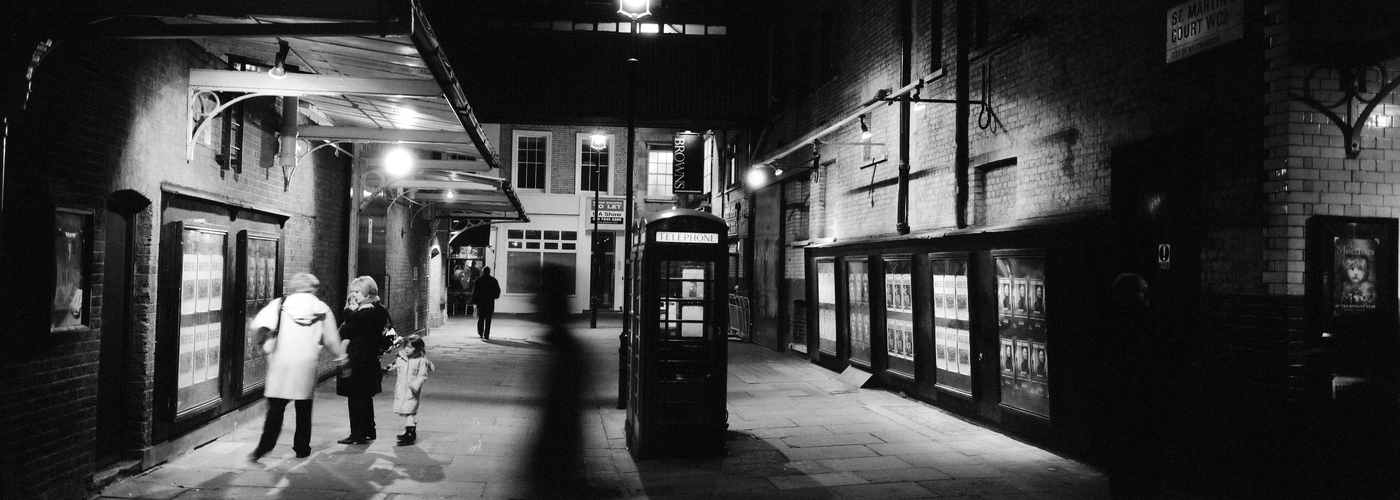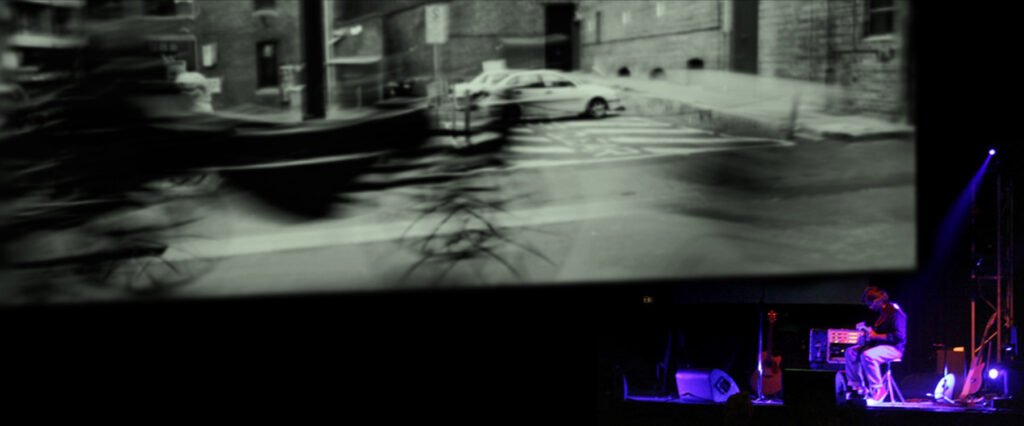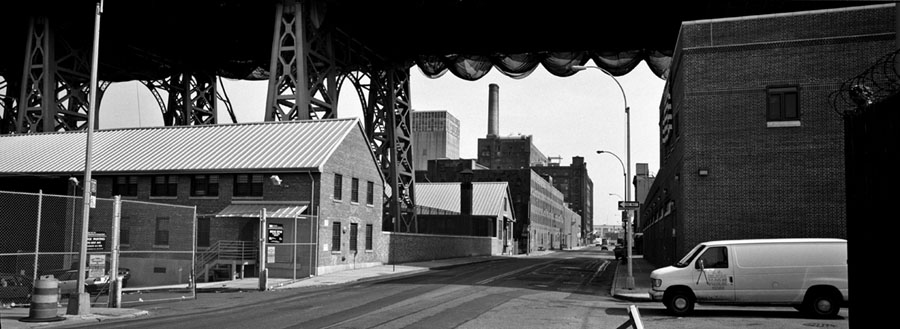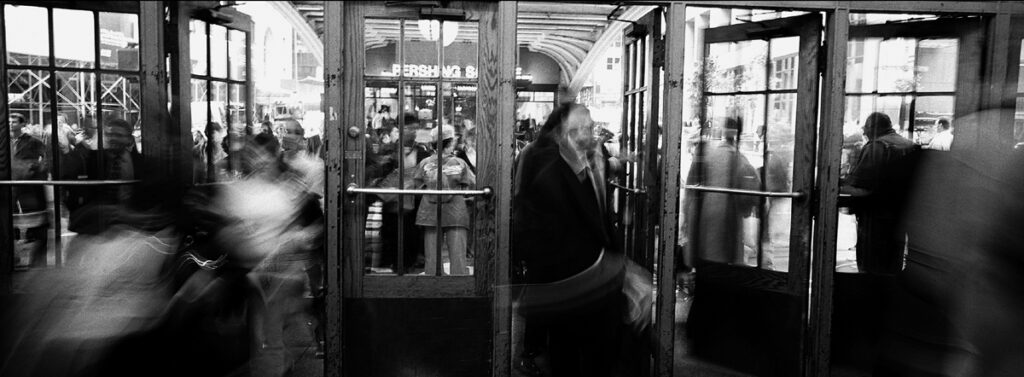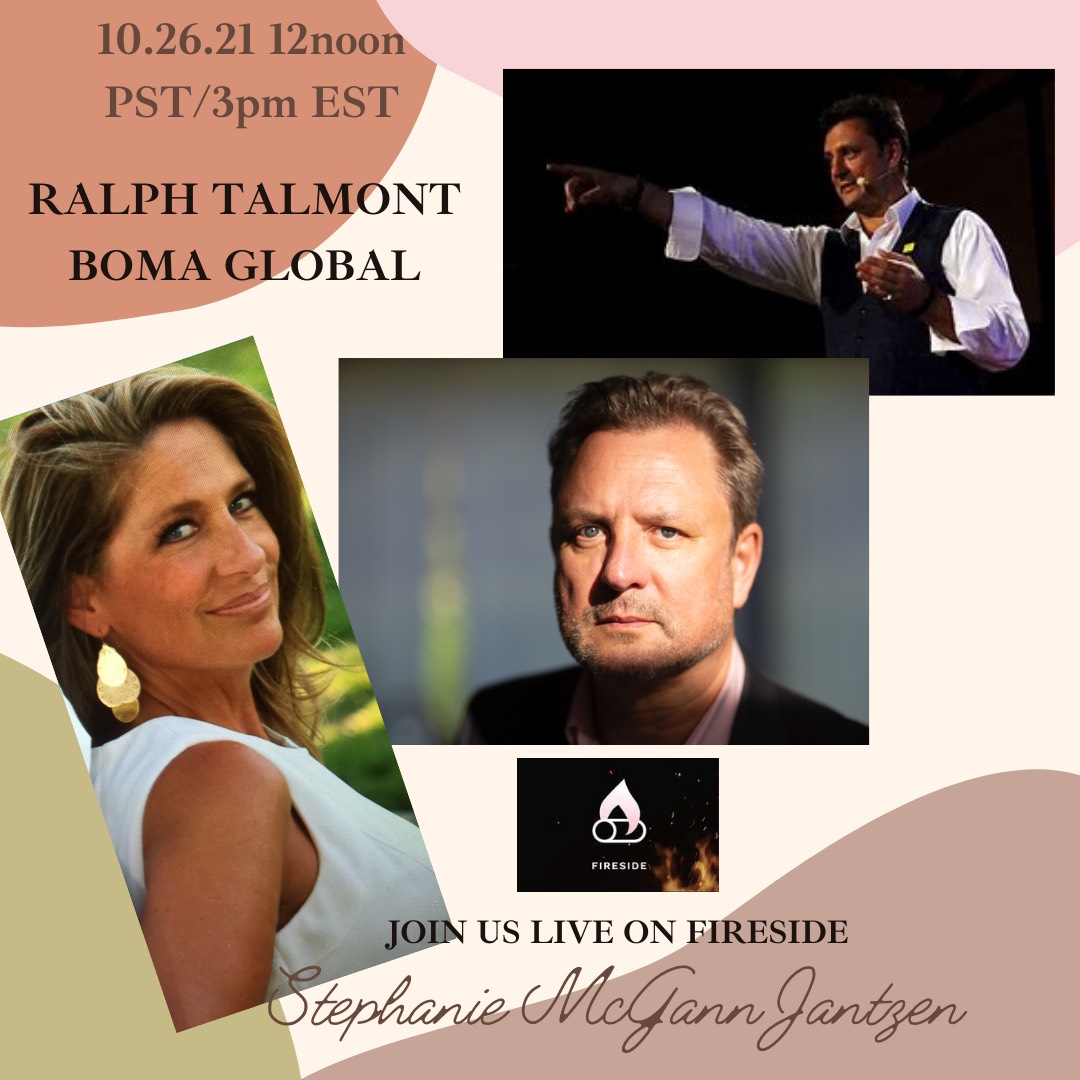11 Jul Changing Attitudes for Changing Times
“The World will change more in the next few decades than it has in the previous few centuries.” Most executives, like most people, have difficulty parsing that statement into a sentence that makes sense to them.
What does it actually mean: “change more in the next thirty years, than it has in the last three hundred?” This statement is already something of a cliche, and it does not help us to grasp the size of the challenge ahead. It needs unpacking, and the challenge needs unpicking, before we can even begin to come up with an understanding of the magnitude of the issue, never mind start finding approaches to deal with it on a strategic or tactical level.
Trouble begins when we convince ourselves that solving problems to come, in the not so distant future, can be successfully accomplished using the same tools that have worked well for us in the not so distant past. Instead, what is required is an ability to imagine a trajectory along which our world may travel and aim our gaze not just before our feet, but where we think the world may be before too long. The key word here is “imagine.” Imagination is perhaps not a concept which immediately springs to mind when we are asked to list strategic values but I would argue that it actually ought to be at the very top of that list.
The context to this lies in the speed of change which surrounds us and with which all of us are trying to deal as best we can. Decisions whose implications not that long ago could be considered over months now need to be made in weeks, reassessed, and then perhaps changed just as quickly. The nature of digital transformation is to be found in flexibility in thinking, speed in execution and, equally, speed in adjusting course when it becomes clear that the direction is not quite right. The effort involved in this is immense, not least in constantly needing to change mental modes from “executing and optimising” which is where managers usually excel, to “imagining and creating” which is, typically, not quite as easy for them to switch into. Executives need to find ways to strengthen their own imagination, and grow the imaginative faculties in their people.
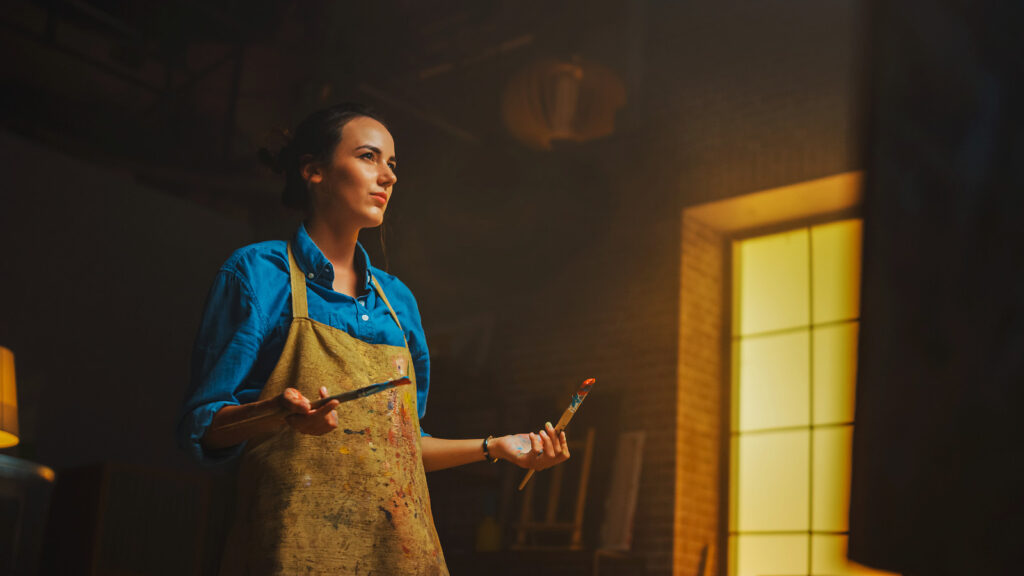
The mental process required to imagine situations, let the dominoes fall and see how they might land, run scenarios and quickly assess options is, however, entirely familiar territory to the majority of creative professionals, regardless of their specialisation.
This is not necessarily because every creative professional is a natural born genius. Rather, it is because this kind of thinking is their daily practice. Whereas most business thinking centres around delivery of optimised, repeatable result, creative professionals eat and breathe change and variety. Whether it be a jazz musician figuring out different arrangements to play a standard (how many equally beautiful versions of “Autumns Leaves” or “Favourite Things” have you heard?) or a writer massaging text so it does precisely what she wants, the heart of the activity can be found in the new and the different. In this sense, creative professionals have very real value to the business world beyond that boundary line where art and commerce ordinarily meet. The mutual exchange of value can, and must, take place on planes other than just what we have been used to. The value of creative professionals to business lies not merely in the function they perform, whether it is designing corporate communication, shooting ad campaigns, writing copy or adding art pieces to a boardroom.
Creative professionals have been, often though not always, defined as providers of a specified service which is, at the same time, somewhat opaque and magical. I have had first hand experience of this in my practice. Apparently, we reach for starlight and mix it with mud and spit of one-eyed unicorns to make something the World has not seen before. Or at least, that is how creative work is often perceived by many executives. Which is lovely, though not quite accurate. What we do is think differently, that is all. Because of this we are able to not just handle change better than many other people, but also work with change as raw material and as fuel for creating. In that sense, we are the modern tricksters, shamans, medicine men, and women. Common to all of the World’s mythologies, the trickster takes many forms but is always an explainer of objects and describer of events which others may not understand.
The value of these modern shamans in a corporate environment is being able to imagine what lies beyond the horizon and think outside of the context of immediate pressures. The practical power creative professionals have is to be able to answer the call when someone asks “take me, where I haven’t been.” This type of innovation thinking is of course often equated with product design or marketing but it actually works as well at the product level, as at the customer centricity level, the strategic level and elswehere. Indeed, an innovation process cannot be said to be fully effective unless it has permeated the entire organisation, from its hiring practices to the speed of its product development cycle. It is about more than new products and new paths to market. I am convinced that the value which creative professionals can bring to the table, in addition to providing their specialised services, is in assisting executives in being able to look into the future and to train their people to work in this quickened, digitally transformed context, too.





